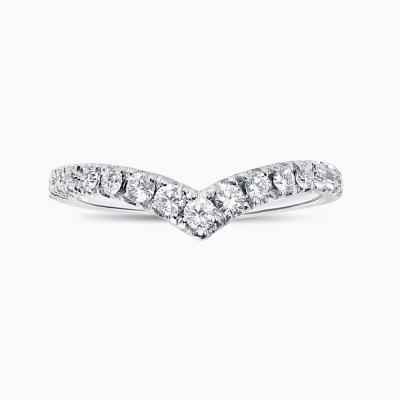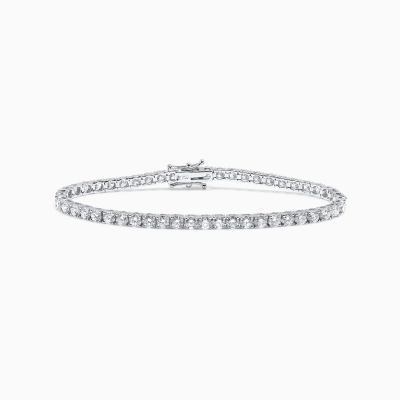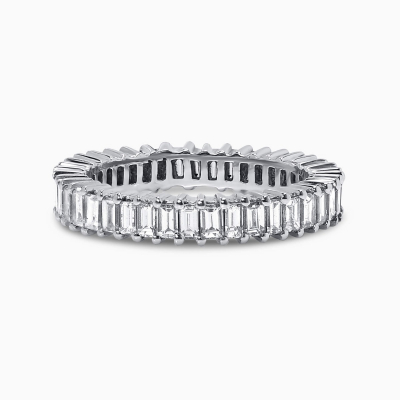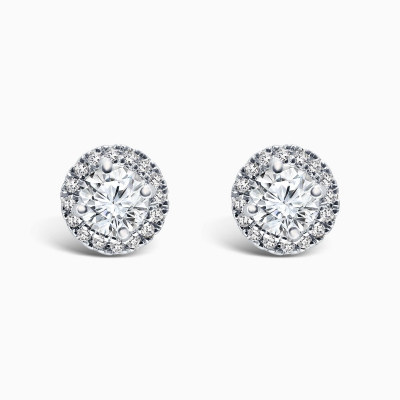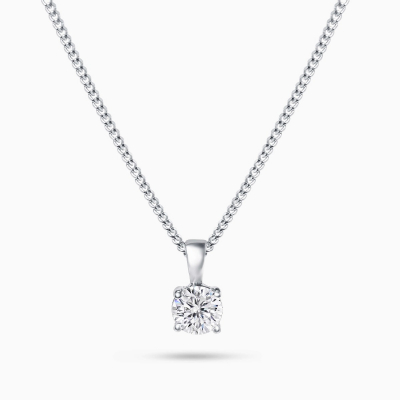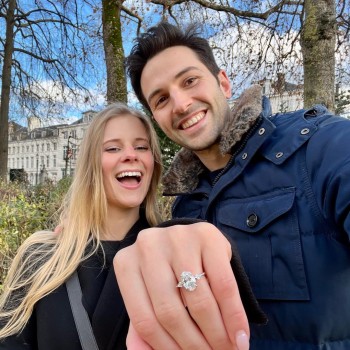USD
/
USD
/
Shipping to:
Currency:
- Wishlist
- Compare
- Contact Us
- NY +1 (646) 898 2098
- LA +1 (310) 920 6656
- Contact
- CALL NY
- CALL LA
-
Sign In
Sign In
- Create an Account
×
Speak to an expert
Get in touch with us using one of the options below:
-
Engagement rings
-
Wedding Bands
-
Jewelry
-
Gifts
-
GIFTS BY RECIPIENT
GIFTS BY OCCASION
GIFTS WITH MEANING
-
-
Diamonds
-
Diamonds Search
natural diamonds
Diamonds Search
Express insuredFree worldwide Delivery 3 to 7 Days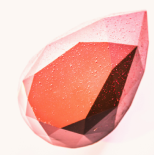
-
-
Gemstones
-
DESIGN YOUR OWN GEMSTONE RING
SHOP BY ORIGIN
Express insuredFree worldwide Delivery 3 to 7 Days
-
- Education
- Blog
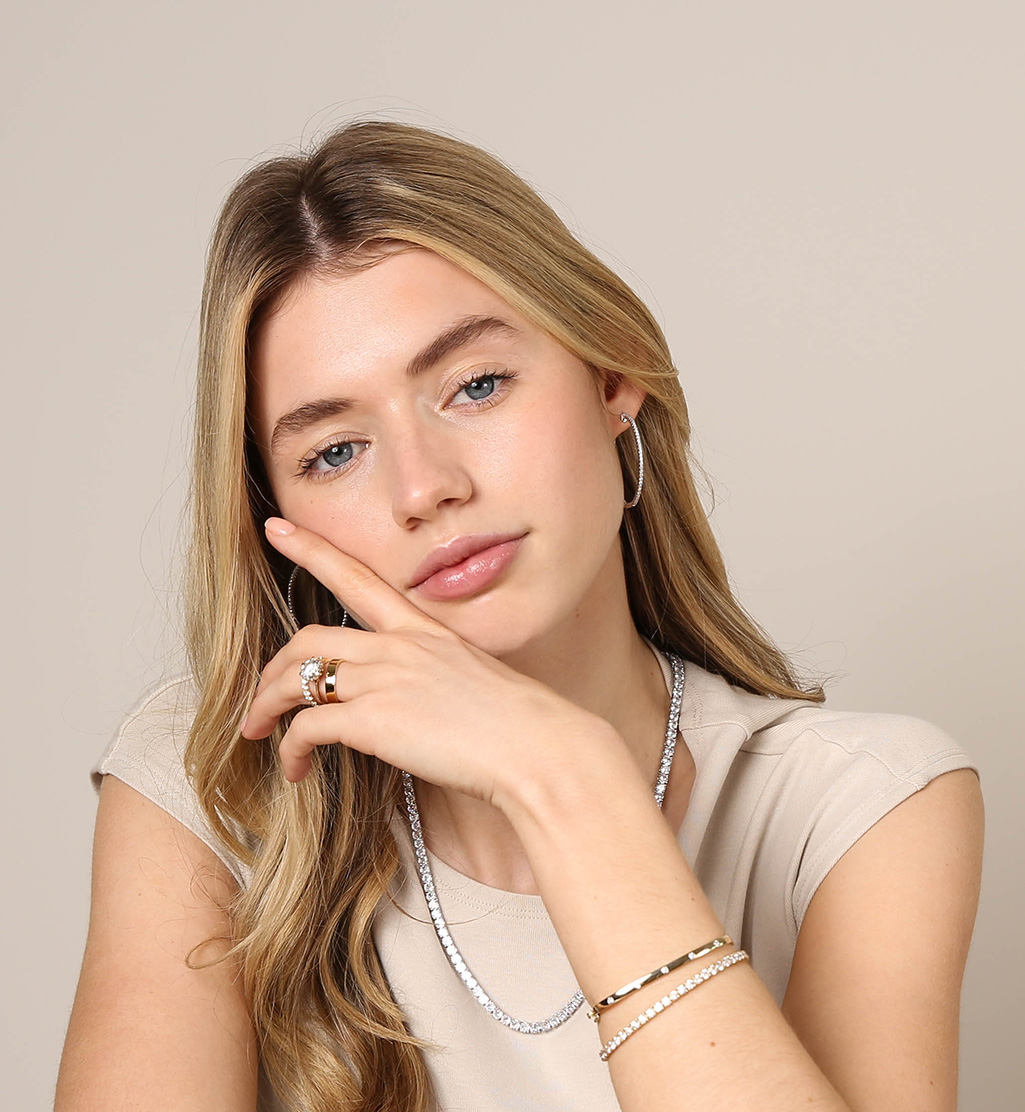
Custom Engagement Rings & Diamond Jewelry
Work alongside our expert gemologists, designers, and goldsmiths to create a one-of-a-kind custom ring that perfectly reflects your style. Book a visit to our New York or Los Angeles showrooms or remotely from the comfort of your home.
Don't Just Take Our Word for It
Here’s what our customers have to say about working with us:
Create Your Own Custom Engagement Ring
We offer a FREE custom design service if you can’t find exactly what you’re looking for in our engagement ring collection. Partner with us to design your own unique engagement ring. Whether you have a picture or a simple sketch, we can bring your dream piece to life, helping you find the perfect symbol of love for yourself or your partner. Our fully custom rings have a turnaround time of 2 to 2.5 weeks.
Your dream engagement ring doesn’t have to break the bank. Rêve’s ability to provide both natural and lab-grown diamonds lets us offer top-quality diamonds and jewelry at prices significantly lower than competing brands.
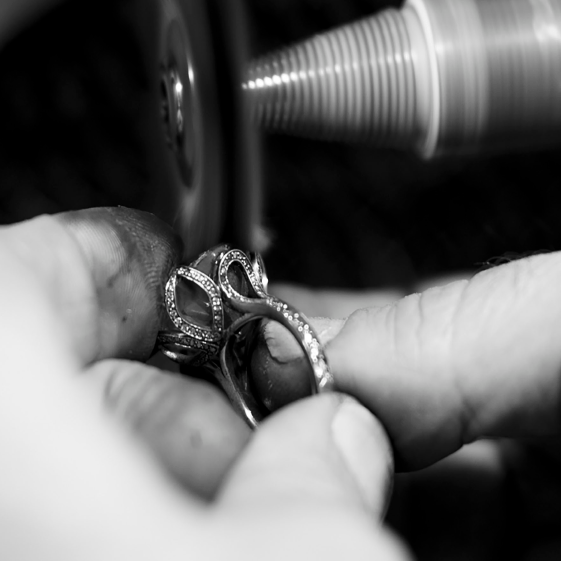
- 01 Fully Bespoke service. 2-2.5 weeks turnaround.
- 02 Find your dream engagement ring with the help of a friendly expert private jeweler.
- 03 Unbeatable value.
- 04 Ethically sourced natural and lab-created diamonds.
- 05 Free, insured worldwide shipping.
Book a 1-on-1 Consultation witha Diamond Jewelry Expertin NYC or LA

Purchasing a piece of diamond jewelry is a big decision, and we understand that you want to make sure you are making the right choice. That's why we offer virtual and in-person consultations to help you make an informed decision.
Our team of experienced design consultants can connect with you remotely and guide you through the process. They will answer any questions and help you find the perfect piece of jewelry that suits your style and budget.

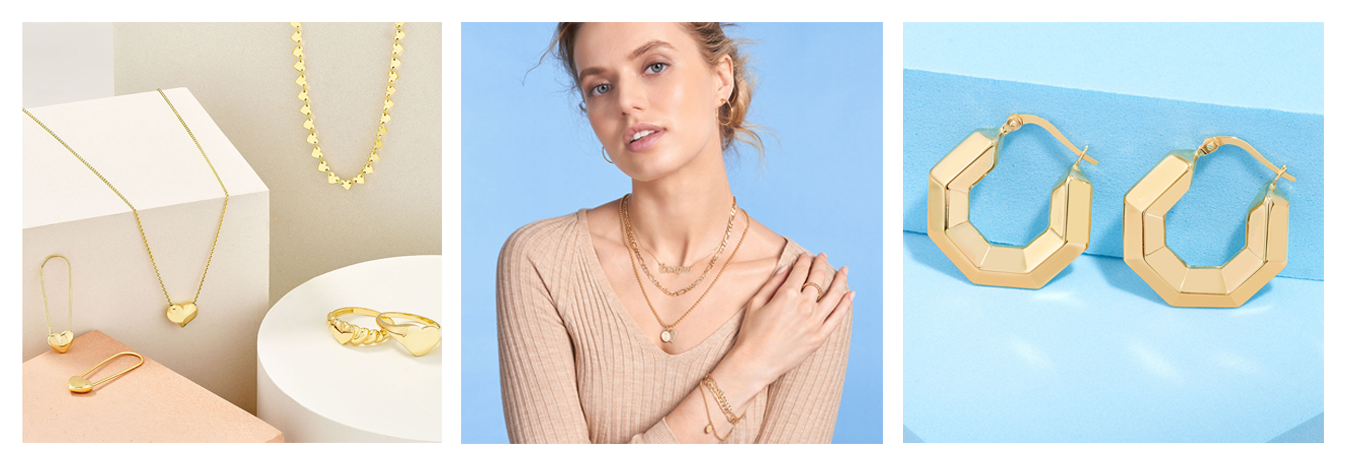
Discover Reve Diamonds' collection of everyday jewelry and gifts starting from $250.
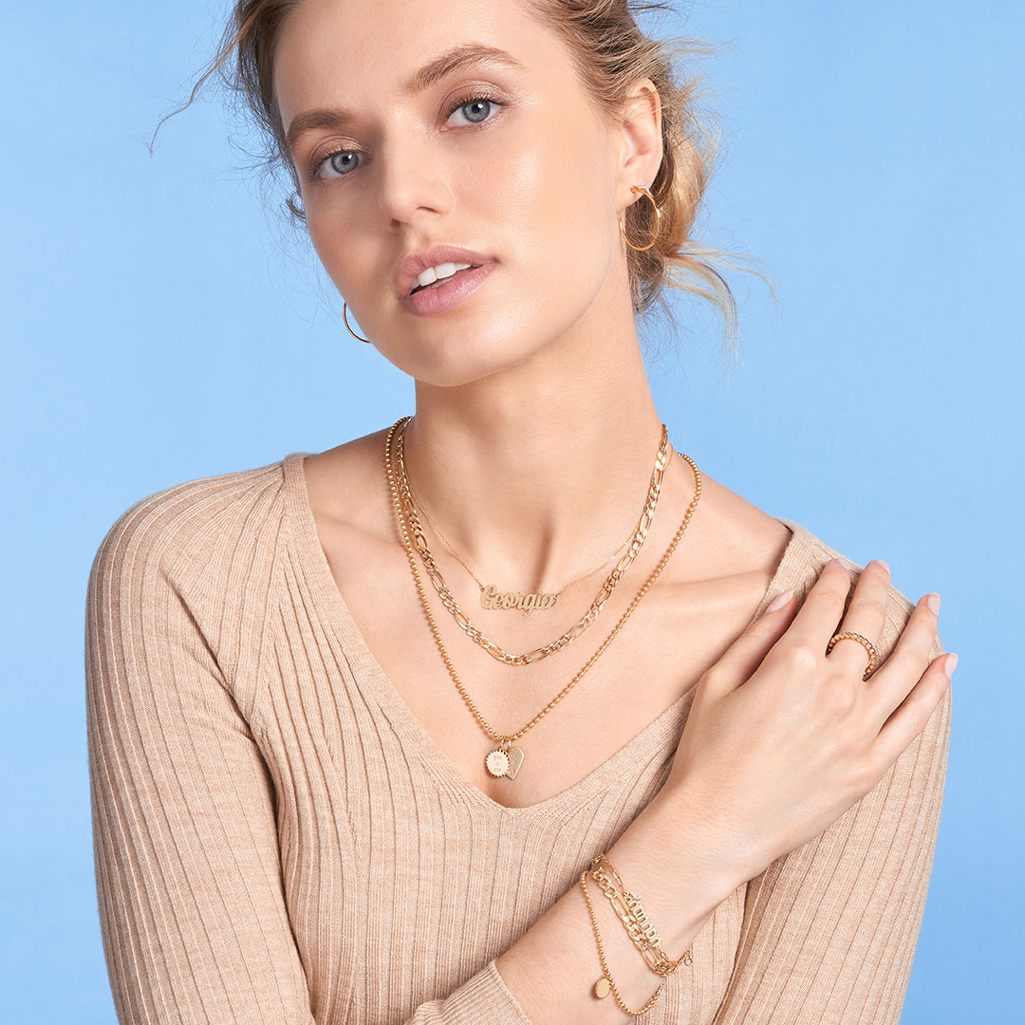
Shop by category
Unforgettable Romantic Proposals Explore Our Customers’ Engagement Moments from Around the World
Follow us on Instagram @revediamonds
Take a look at some of our favourite engagement moments shared by our customers worldwide.
These special moments capture the pure joy and love of our customers as they take the next step in their relationships. Each photo tells a unique story, and we're honoured to have been a part of making those memories even more special.
From romantic beach proposals to intimate family moments, our customers trust us to provide them with the perfect diamond ring to symbolise their love.
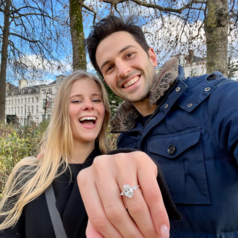

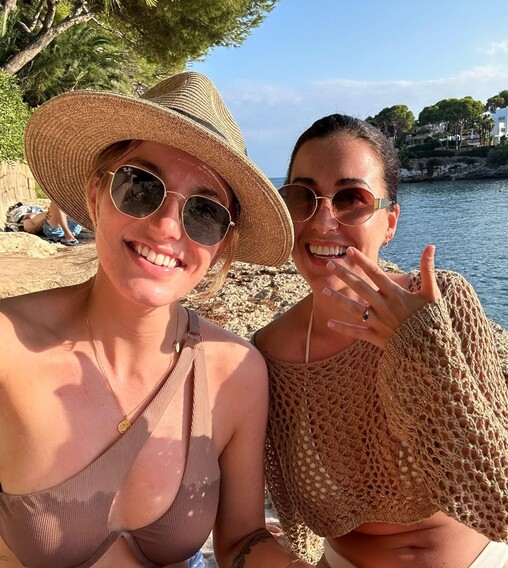

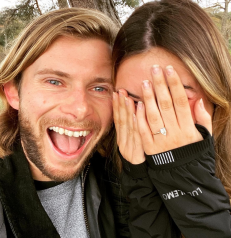
Unforgettable Romantic Proposals. Explore Our Customers’ Engagement Moments from Around the World
Follow us on Instagram
FREQUENTLY ASKED QUESTIONS
+WHERE IS YOUR NYC SHOWROOM LOCATED?
Our NYC showroom is located at 745 5th Avenue, Manhattan, 10151, New York, NY. You can find us on the fifth floor.
+WHERE IS YOUR LOS ANGELES SHOWROOM LOCATED?
We are located on 9800 Wilshire Blvd Beverly Hills, 1st Floor Los Angeles, CA 90212.
+DO YOU OFFER A CUSTOM SERVICE, AND HOW LONG DOES A CUSTOM PIECE TAKE?
Yes, we do — our jewelry designers would love to make you the perfect piece. If you have a jewelry design in mind not featured in our current collection, please get in touch to discuss your ideas and learn more about your options.
Our custom diamond rings and other bespoke jewelry designs typically take 14-21 days to create. If you have a deadline in mind, please let us know, and we’ll see if we can accommodate this.
Jewelry displayed on our website is normally delivered within 2-3 working days. If you’re looking for an engagement ring in the US, you can order online or visit our NYC showroom to see our exquisite diamond jewelry in person.
+CAN I SEE THE DIAMOND BEFORE IT IS SET IN THE JEWELRY?
Yes, we are happy to arrange for you to see the precious stone before it is set in your chosen piece of jewelry. Ninety percent of the diamonds on our website are located in NY, and the rest of our loose diamonds featured online can be shipped overnight for viewing without commitment.
+IS A DEPOSIT REQUIRED TO MAKE AN ORDER?
We require a 50% deposit of the cost of your order before we start crafting your bespoke piece. This applies whether you’re ordering a custom diamond ring, pendant, or any other jewelry design.
We offer a lifetime guarantee on all our jewelry. So, if something goes wrong, please bring the piece back to us, and we will repair it free of charge.
+WHAT IS YOUR RETURNS POLICY?
We offer a 30-day FREE Returns Policy for online purchases only. A full refund will be processed if you return your order within 30 days of the purchase date.
+DO YOU SHIP INTERNATIONALLY?
All of our handmade jewelry can be shipped internationally using FedEx and DHL. As soon as the parcel is shipped, you will receive an email with a tracking number.
+DO YOU SELL NATURAL OR SYNTHETIC DIAMONDS?
We sell both naturally mined and synthetic lab-grown diamonds, all of which are IGI or GIA certified. All of our natural diamonds comply with the UN Kimberley Process.
Get in touch with our experts
-
Live chat
Use our Live Chat facility on the bottom right of your screen to talk to a jewelry specialist in real-time.
-
Call us
Give us a call and speak to an engagement ring expert directly. Get the information you need quickly and easily.
-
Book an appointment
Our loose diamonds and engagement rings are available to view in person in our NYC or LA showrooms.
-
WhatsApp us
Prefer to speak to a jewelry expert through instant messaging? Send us a message today.
-
Email us
Email service@revediamonds.com to book an appointment or get the advice you need.
item(s) in your cart




